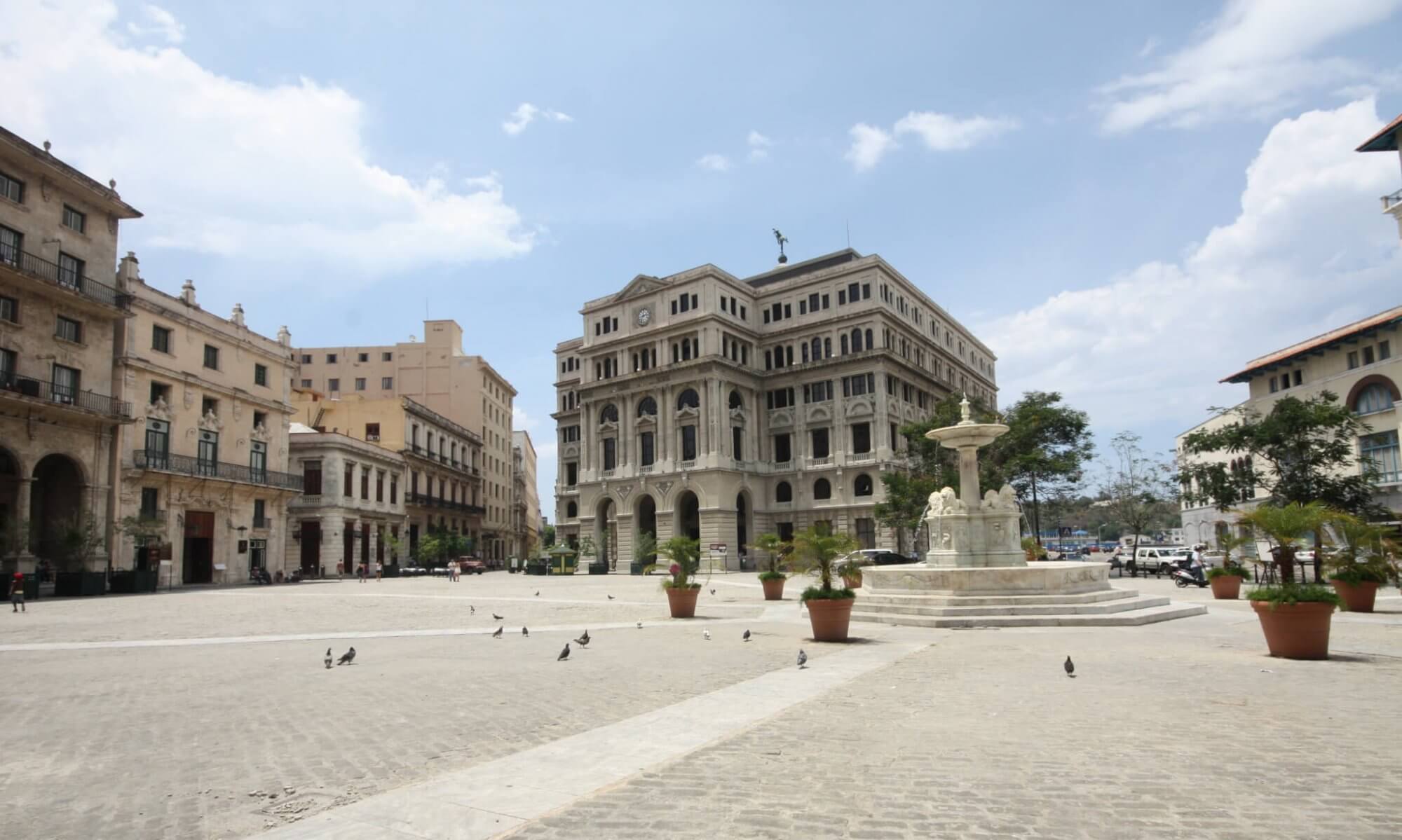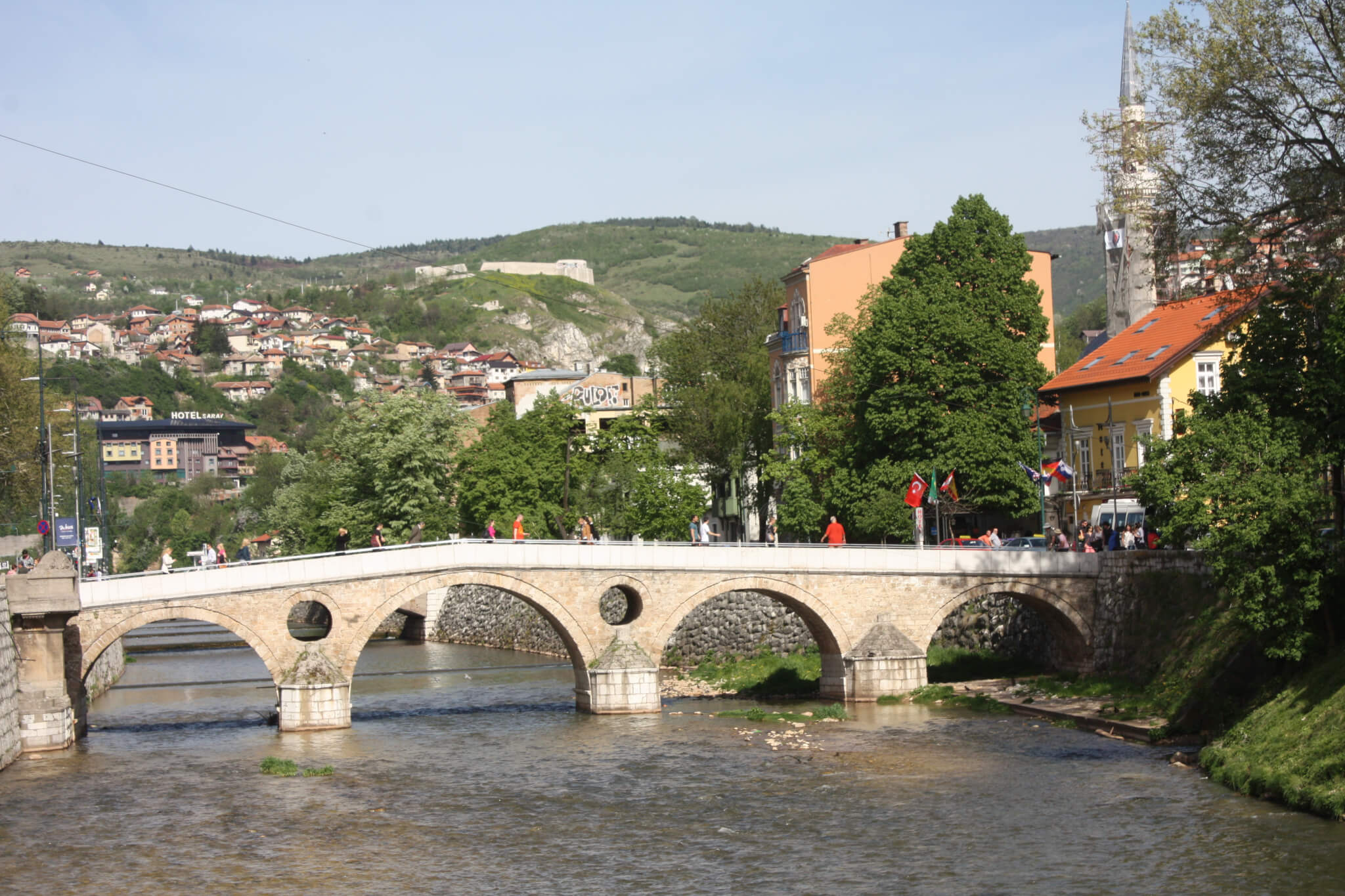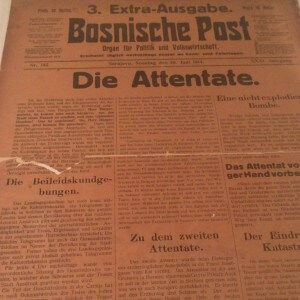Sarajevo is well known for three events in history: (1) the siege between 1992 and 1995, (2) the olympic winter games in 1984 and (3) the assassination of archduke Franz Ferdinand in 1914. Today, there are some traces left at the Latin bridge in Sarajevo: A memorial and a tiny museum where you can see the weapons used, the newspaper reports published afterwards and can learn a bit about the background.
In 1908 Austro-Hungaria annexed Bosnia and Herzegovina which was until that time belonging to the Osman empire. Therefore, when archduke Franz Ferdinand arrived in Sarajevo in 1914 to visit a maneuver of imperial and royal (“k. u. k.”) forces in Bosnia, he was not welcome to everybody.
When travelling from the resort town Ilidža to the city hall in Sarajevo, the first assassin, Nedeljko Čabrinović, threw a bomb on the car of the archduke, which was reflected by Franz Ferdinand and exploded behind the car. During the reception at the town hall he expressed his enragement:
“Herr Bürgermeister, da kommt man nach Sarajevo,
um einen Besuch zu machen, und wird mit Bomben beworfen!
Das ist empörend.”
After a speech of the mayor of Sarajevo, Franz Ferdinand wanted to visit his companions hurt at the first assissination attempt in hospital. This led the cavalcade along the Miljacka river and next to the so called Latin bridge, the second assassin, Gavrilo Princip shot Franz Ferdinand and his wife Sophie Chotek with a Browning handgun.
As the assassins were bosnian serbs and told after their arrest that they were fighting for independence, Austro-Hungaria set pressure on Serbia. An ultimatum unfulfillable for Serbia led to the declaration of war and because of the complex mutual defence commitments in Europe, the first world war started.
The assessins where arrested and jailed or executed. Gavrilo Princip was underage and therefore convicted to 20 years in the fortress of Terezín – he died of tuberculosis. Austro-Hungaria saw him as a villain, in Yugoslavia he was afterwards seen as a martyr. On the cemetery Koševo in Sarajevo (where his remains were brought afterwards) you’ll now find a chapel as a memorial.
The Latin bridge and the museum can be found at Zelenih beretki 1. When you are there, don’t miss a typical Bosnian coffee at the open-air coffee house directly on the other side of the bridge.
Loading map...

http://muzejsarajeva.ba
http://en.wikipedia.org/wiki/Assassination_of_Archduke_Franz_Ferdinand_of_Austria


